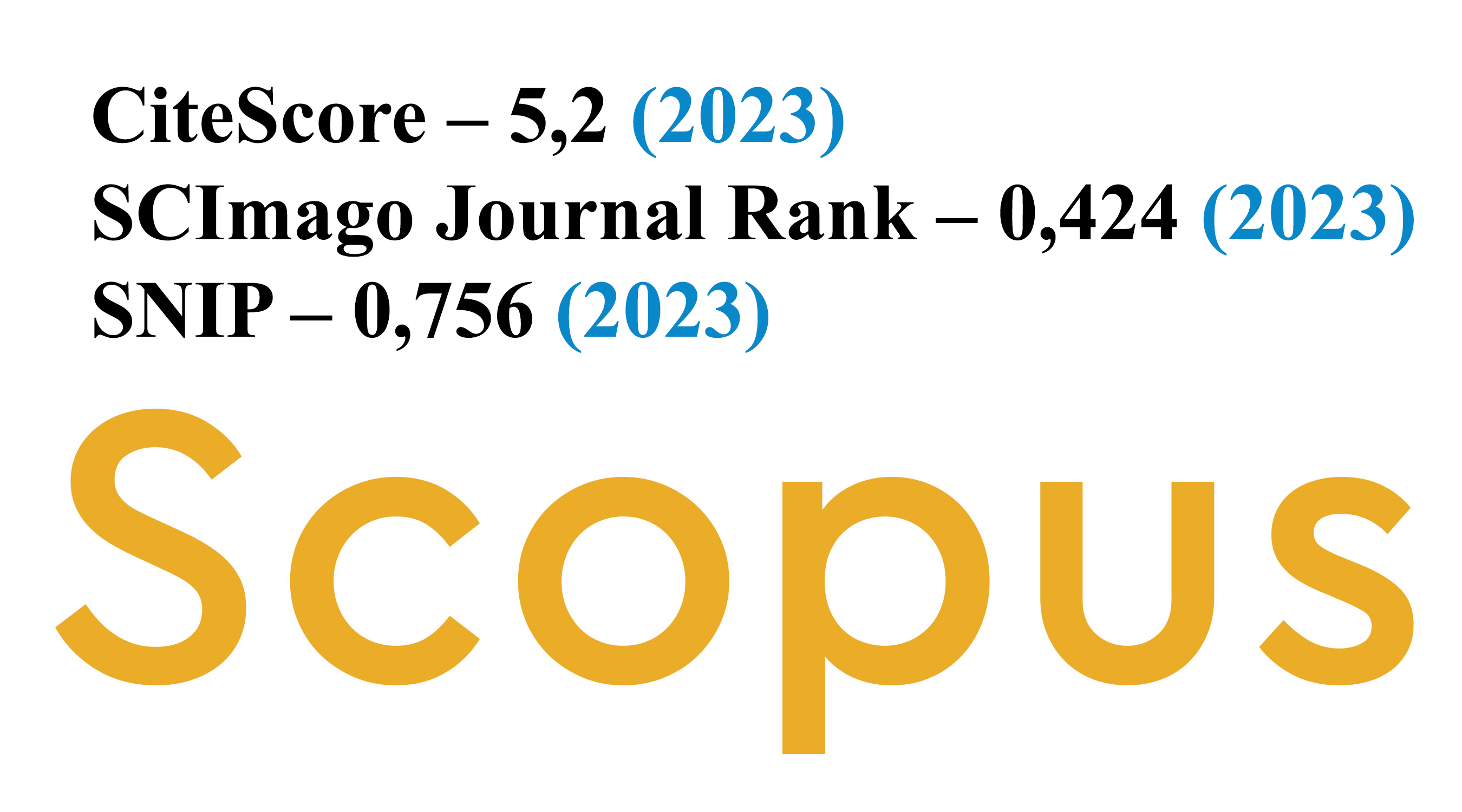Modelling Risk under Volatile Conditions: Tail Index Estimation and Validation
DOI:
https://doi.org/10.5755/j01.ee.32.4.29192Keywords:
Modelling Risk, Value at Risk, Volatile Conditions, Tail Index Estimation, Investment ValidationAbstract
The subject of the research is to analyse and evaluate methods of investment risk modelling in dynamic, changing market circumstances, with a special focus on the assessment success of the expected effects of investment activities in ’extreme’ return points. In that sense, different Value at Risk models were used: the Historical Simulation (HS VaR), the Delta Normal VaR (D VaR) and the Extreme Value Theory model (EVT). The research objective is to test the performance of these models in specific, volatile, market circumstances, in terms of estimating the maximum possible losses from these activities. The basic hypothesis of the research is that it is possible to successfully anticipate the maximum possible losses from the investment activities in the extreme points of the return function by applying different methods of investment risk modelling in volatile market circumstances. The analysed financial data comprise daily stock returns of the BELEX15 (Serbia), BUX (Hungary), CROBEX (Croatia) and SBITOP (Slovenia) stock exchange indices in the period 2012-2019, which is relatively long time period suitable for the sound analyses. The main findings of the research point to the superior application adequacy of the Extreme Value Theory model (EVT) for successful risk modelling, i.e. for making optimal investment decisions. The research results represent innovated, concrete knowledge in the field of understanding the behaviour of the return function in its extremes, and consequently are of great importance to both the academic and professional public in the process of generating decisions on investment activities in volatile market conditions.





